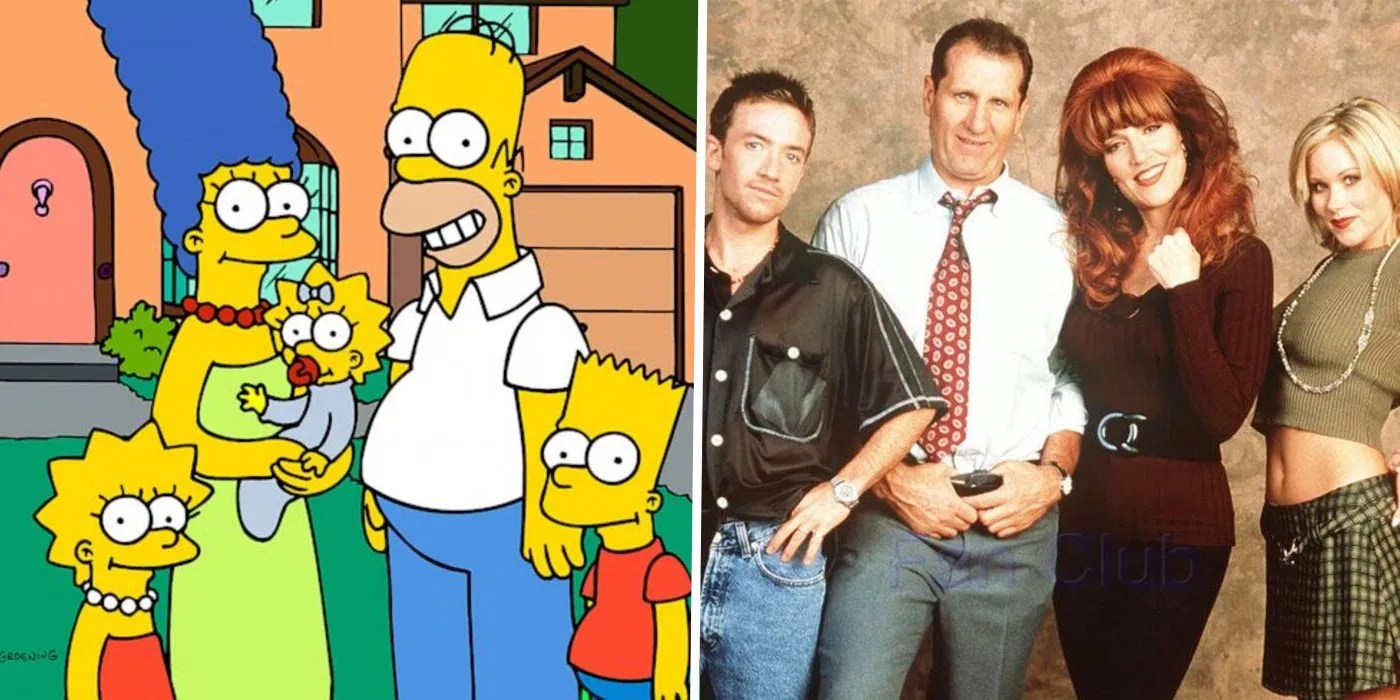The traditional family sitcom format has been around since the 1940’s when radio star Gertrude Berg took her popular radio show about an immigrant Jewish family and their assimilated kids,The Goldbergs, to CBS creating the blueprint family sitcoms would follow for decades. Seventy years later, with a general audience seeking higher diversity and traditional family roles having evolved, the traditional family sitcom format is more often called the stereotypical family sitcom. Shows such asLast Man StandingandThe Moody’sending relatively early for the format, no similar shows set to take their place and freshman comedy seriesKevin Can F*** Himselfeviscerating the form to critical praise, is this the end of the traditional family sitcom?
The traditional or stereotypical family sitcom format is so ubiquitous, for a minute it was the genre. Societal and cultural changes have evolved the expected format of a family sitcom but the old schooltraditional family sitcom format has remained. An oafish male husband and a type-A wife, either the couple will discuss having kids multiple times over the series (usually boiling in a fertility issue story-arc) or already have at least two kids, one smart and one cool, with sometimes a wild card third child.

RELATED:Jerry Seinfeld To Direct And Star In Pop-Tarts Origin Story For Netflix
The pairings and characters in series come in variants depending on the era they premiered, but that blueprint created byThe Goldbergsin 1948 (not to be confused withThe Goldbergsstill running on ABC) of “father knows best” and “mom fixes everything” has been seen over and over again through time fromThe Honeymoonersin 1955 toEight is Enoughin 1977 to 1981toHome Improvementfrom1991 to 1999 toEverybody Loves Raymondin 1996 to 2006 and evenModern Familywhich ran from 2009 to 2020.

In the late ’80s,there came a change of formin the sarcasticMarried with Childrenand the working-class darlingRoseanneas well as long-running animated family satireThe Simpsons. But these were shows commenting on, not subverting, a format that had outlasted the reality of the general audience. The traditional family format dominated sitcoms by virtue of ongoing familiarity and the field of television being much, much smaller.
With so few network slots to fill, a show needed to be a guaranteed hit and since a traditional family sitcom was welcome in the majority of American viewing homes, there was no drive to redraw the blueprint. The rise of streaming services and an audience growing more capable of creating their own content and eager for more diverse characters, brought a sudden deluge of family-oriented comedies that were less Ozzie and Harriet and more Rainbow and Dre. And thenKevin Can F*** Himselfdropped in 2021 on AMCand firmly flipped the bird at the stereotypical family sitcom and the damage an underdeveloped format can do to an audience’s real perception.

The deeper part of the conversation brought byKevin Can F*** Himselfis that these characters aren’t just broadly defined and repetitive, but reductive in presenting the women of the show as hilarious in attempting to have any control from themen who center the entirety of their universearound themselves.
While the observation of that dynamic in family sitcoms isn’t a revelation, the topic has been commented on and written on many times over the decades,Kevin Can F*** Himselfstarkly setting that dynamic in both multi-cam sitcom with the laugh track and the desaturated single-cam piece makes it impossible to laugh or shrug off that the stereotypical family sitcom isn’t just mean. It’s lazy.
In understanding how lazy a traditional or stereotypical family sitcom format can be, look no further thanKevin Can F*** Himself’s namesake,Kevin Can Wait.A Kevin James fan might assume after bringing his long-running traditional/stereotypical family sitcomKing of Queensto a close,he might choose a new directionwhen he inevitably returned to TV, not recreate basically the same show inKevin Can Waitand then kill off his series wife, Erinn Hayes, between seasons and replace her with Leah Remini.
The show was already reductive, but to make the wife character so inconsequential she can be killed off and replaced with an entirely different woman to “shake things up” (as Kevin James explained was the reasoning) is almost Shakespearean in its reductive laziness. But what’s more interesting is people cared.Kevin Can Waitdidn’t last for ten seasons of lukewarm reviews as has been the history with other stereotypical family sitcoms. It was canceled after two seasons and now has another series operating as a Burn Book for the show just bursting with critical acclaim.
So is this it? Has thetraditional or stereotypical family sitcom finally been toppled? Absolutely not because what is traditional? Past TV series presented “traditional” to an audience the majority of which had not experienced the family dynamic presented on the screen. And they knew it. The traditional family sitcom is still alive, just evolving with everyone else. The stereotypical family sitcom, however, better get its affairs in order.